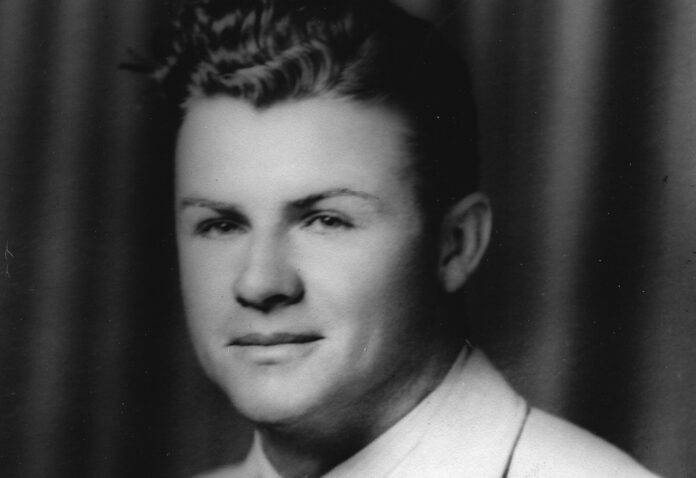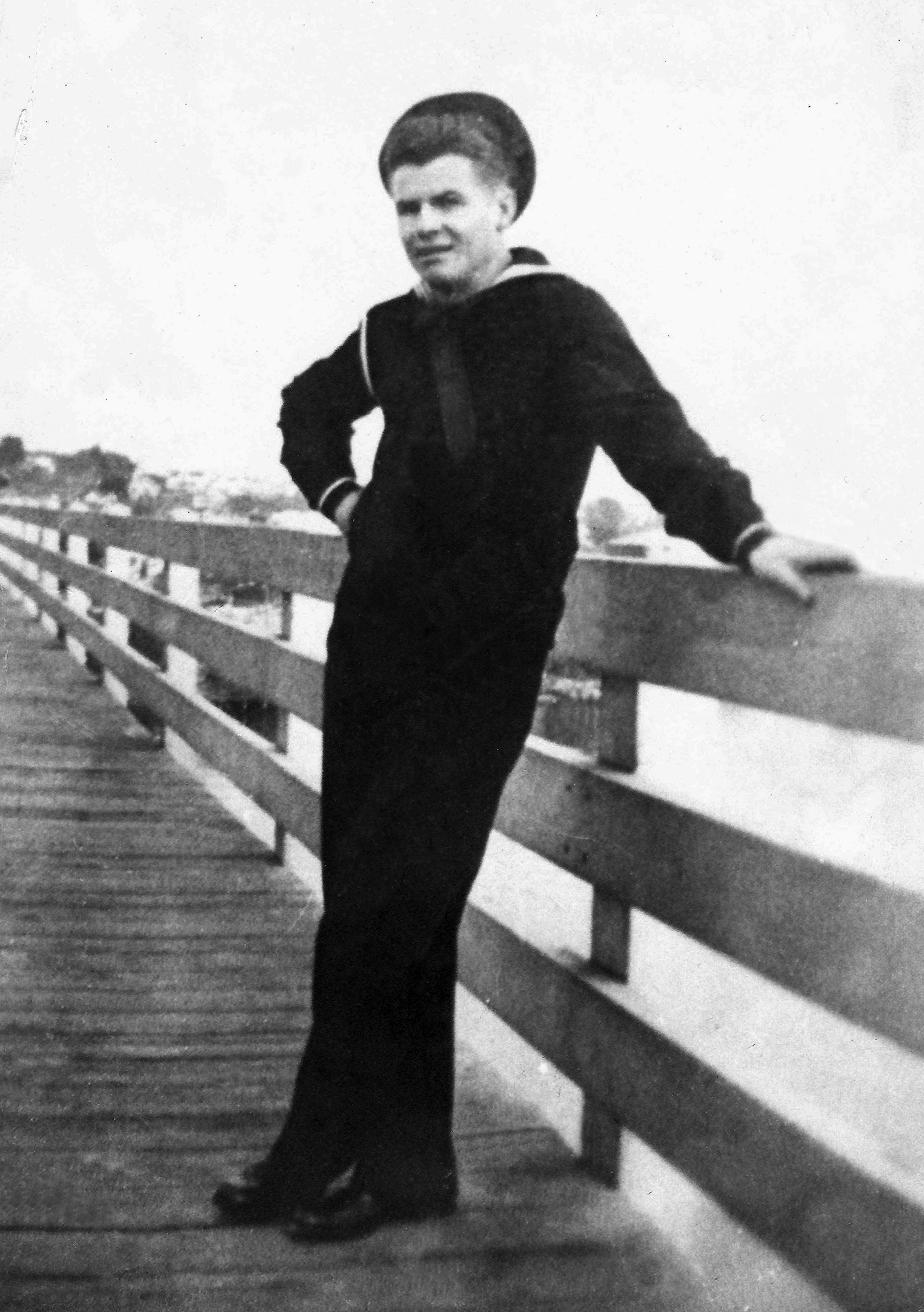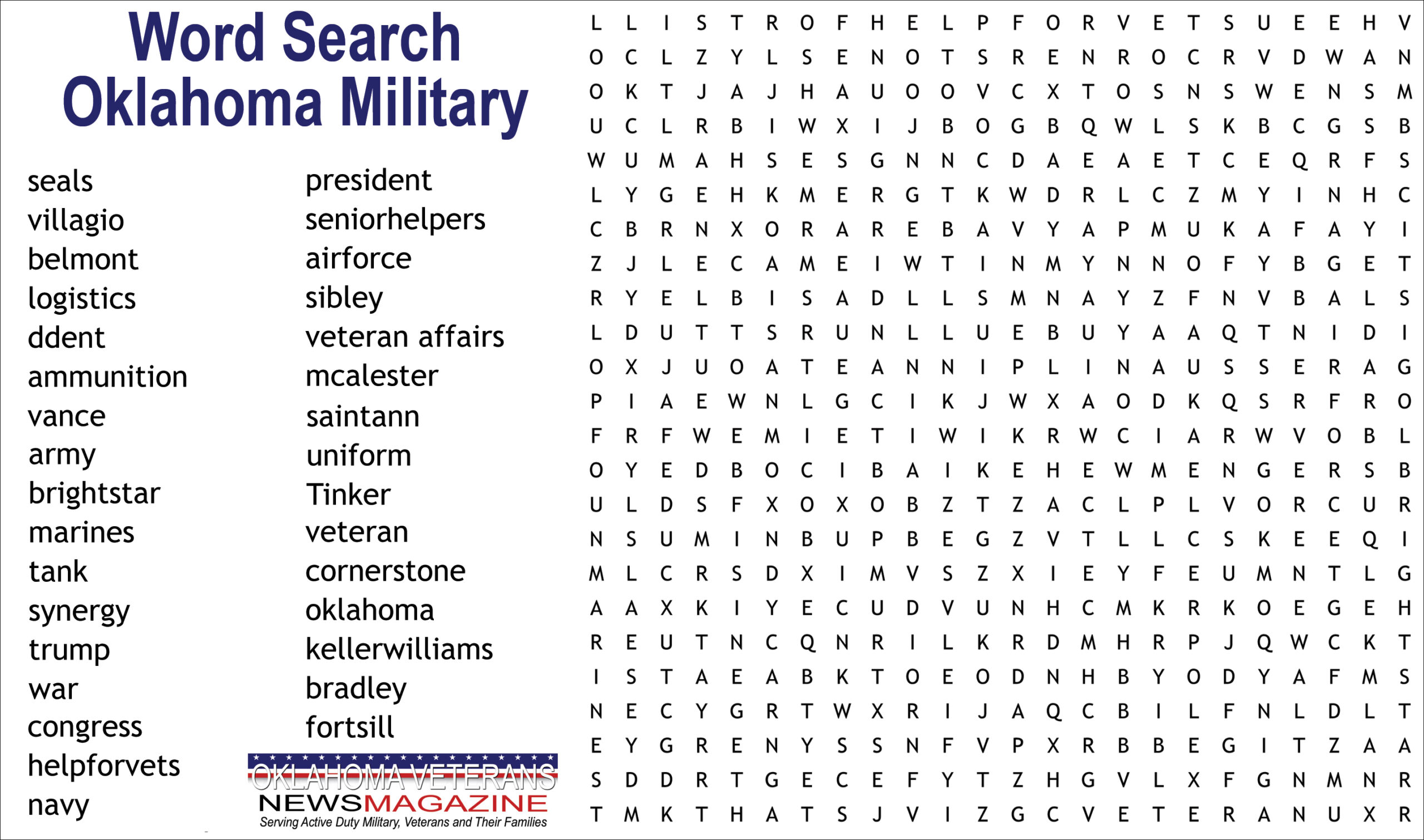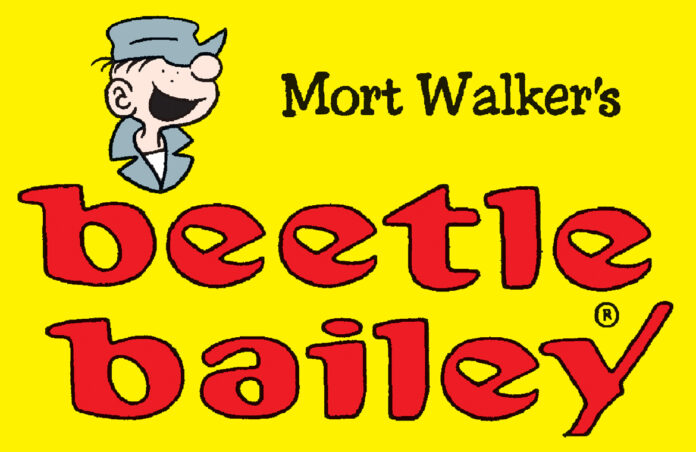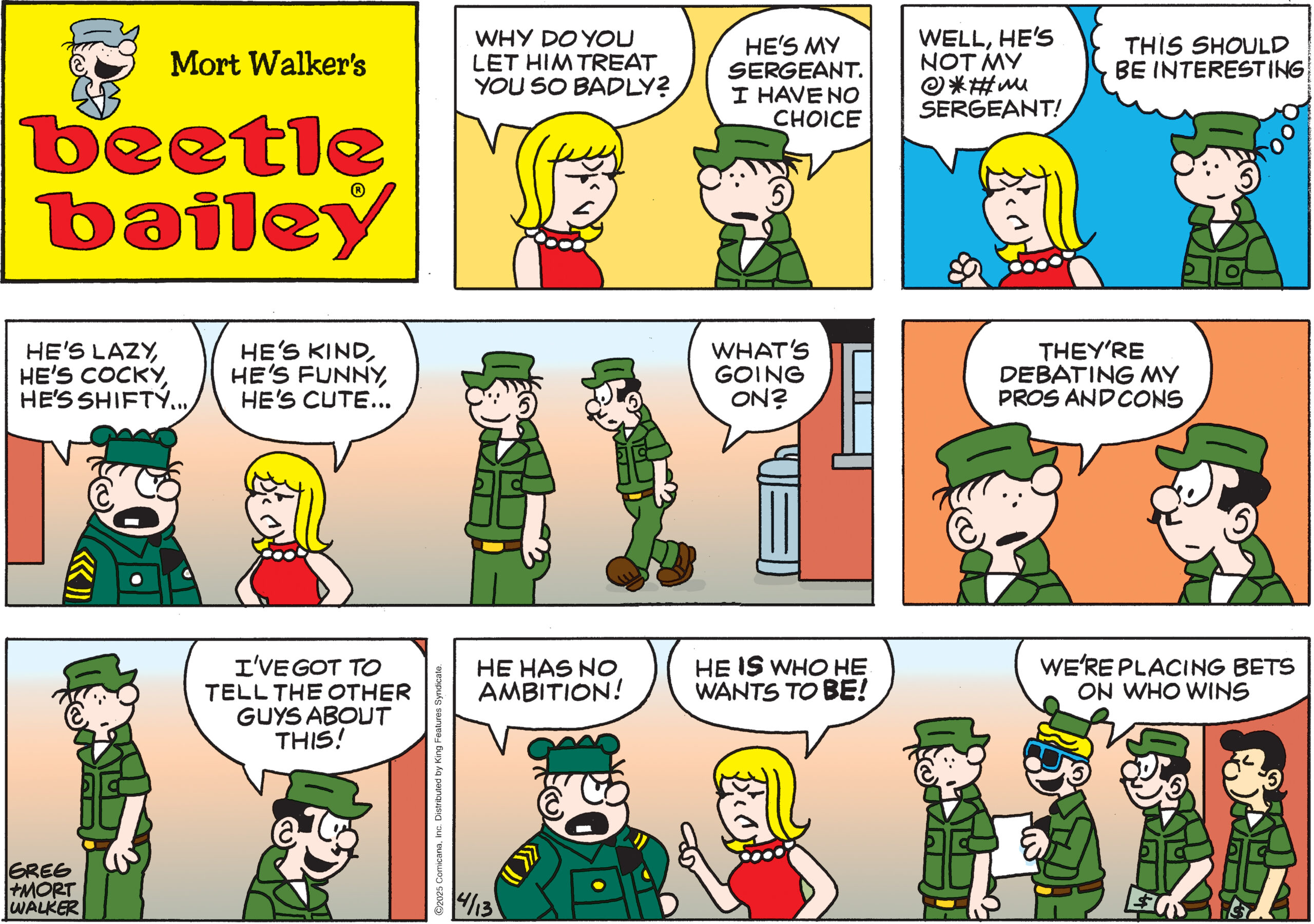
Bringing to the presidency his vast experience as commanding general of the victorious forces in Europe during World War II, Dwight Eisenhower oversaw the growth of postwar prosperity. In a rare boast he said, “The United States never lost a soldier or a foot of ground in my administration…. By God, it didn’t just happen—I’ll tell you that!”
Born in Texas on October 14, 1890, brought up in Abilene, Kansas, Eisenhower was the third of seven sons. He excelled in sports in high school, and received an appointment to West Point. Stationed in Texas as a second lieutenant, he met Mamie Geneva Doud, whom he married in 1916. They had two sons, Doud Dwight, who died at two, and John.
ARMY CAREER
In Eisenhower’s early army career, he excelled in staff assignments, serving under Generals John J. Pershing and Douglas MacArthur. After Pearl Harbor, General George C. Marshall called him to Washington to work on war plans. He commanded the Allied Forces landing in North Africa in November 1942; on D-Day, 1944, he was supreme commander of the troops invading France.
After the war, he became president of Columbia University, then took leave to assume supreme command over the new NATO forces being assembled in 1951. Republican emissaries to his headquarters near Paris persuaded him to run for president in 1952. “I like Ike” was an irresistible slogan; Eisenhower won a sweeping victory over Illinois Governor Adlai Stevenson.
Negotiating from military strength, he tried to reduce the strains of the cold war. In 1953, the signing of a truce brought an armed peace along the border of South Korea. The death of Stalin the same year caused shifts in relations with the Soviet Union.
In Geneva in 1955, Eisenhower met with the leaders of the British, French, and Soviet governments. The president proposed that the United States and Soviet Union exchange blueprints of each other’s military establishments and “provide within our countries facilities for aerial photography to the other country.” But the Soviets vetoed his “Open Skies” proposal.
In September 1955, Eisenhower suffered a heart attack in Denver, Colorado. After seven weeks he left the hospital, and in February 1956 doctors told him he was well enough to seek a second term, which he won by another landslide over Stevenson.
In domestic policy the president pursued a middle “modern Republican” course, continuing most of the New Deal and Fair Deal programs and seeking a balanced budget. As desegregation of schools began, he sent troops into Little Rock, Arkansas, to assure compliance with the orders of the Supreme Court but resisted pleas from civil rights champions to welcome publicly the court’s Brown v. Board of Education decision.
During his last two years in office, Eisenhower tried to make “a chip in the granite” of the cold war. He welcomed Nikita Khrushchev to Camp David and planned to meet the Soviet leader at a four-power Paris summit the following spring to seek ways to reduce their antagonism. But just before the meeting, the Soviets shot down an American U-2 spy plane over their territory, which scuttled the summit and reinflamed cold war passions on both sides.
In his Farewell Address, Eisenhower surprised many Americans by warning them to “guard against the acquisition of unwarranted influence, whether sought or unsought, by the military-industrial complex,” which he found a potential danger to American liberties. Disappointed by his failure to turn over the presidency to a Republican successor, he and Mamie retired to their farm beside the Gettysburg battle?eld. After years of cardiac illness, he died in Washington, D.C., on March 28, 1969.
President Eisenhower: The Painter
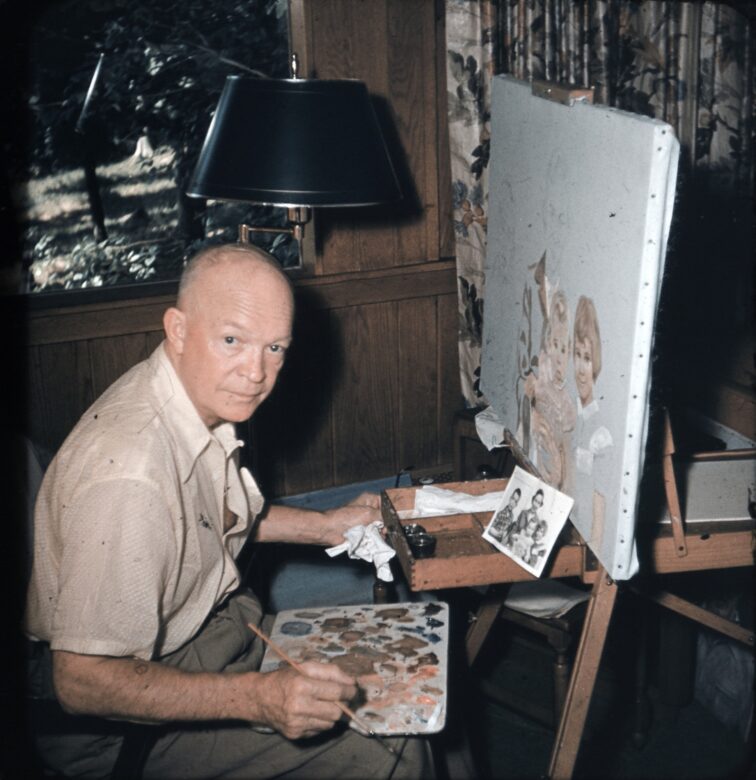
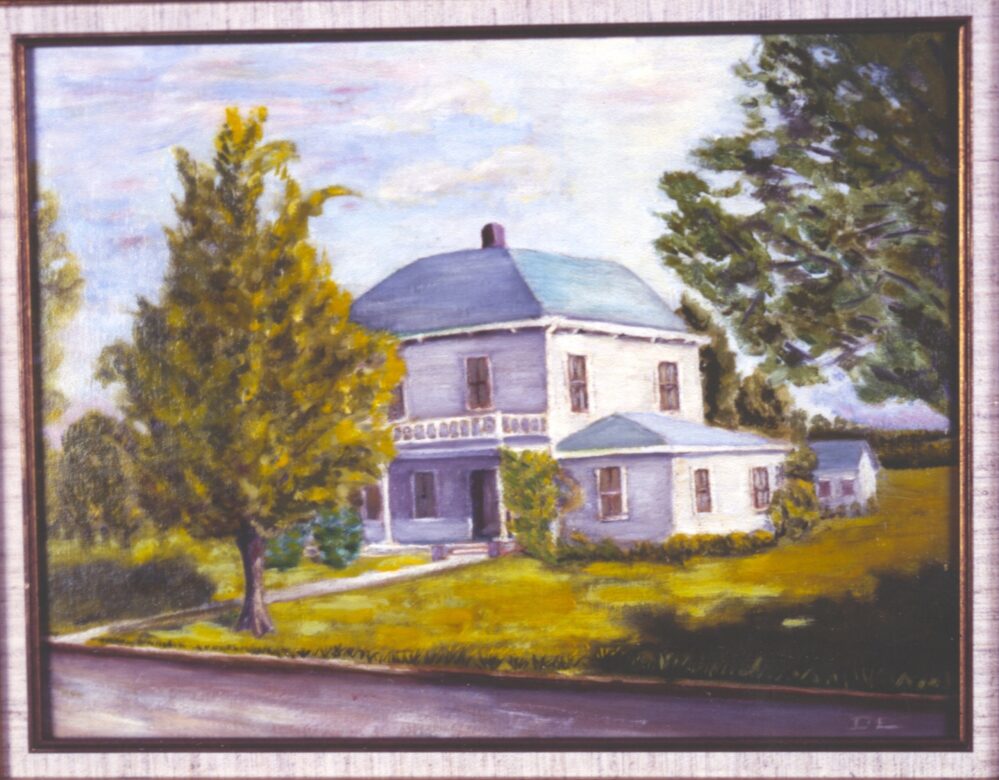
The only true response to art is to look with an eye like that of a child: unprejudiced, unbiased, clear, and uncommitted. When it is the art of a celebrity, this ideal, always almost unobtainable, becomes progressively difficult. Can we see the work in the dazzle of the artist’s aura? When the paintings of Noel Coward come to auction, they do well enough, but are the buyers interested in Coward himself rather than in his work, bright, confident, and attractive though it is? When Prince Charles, who is a seriously good painter, sends his work to the Royal Academy Summer Exhibition, where it shows to great effect, he sends it under a nom-de-plume, precisely so as to allow the selectors to choose or reject only on artistic merit. The prime example is Winston Churchill, a man whom history has already anointed as great. Is it really possible to make an objective judgment of his pictures?
Churchill the painter, of course, is the closest equivalent we have of Dwight D. Eisenhower as painter. It may well have been seeing his friend at work, lost in the joy of his pigments, that first turned Eisenhower’s mind to the possibility of painting himself. His immediate spur, we know, was observing the artist Thomas E. Stephens painting a portrait of Mamie Eisenhower during their all too brief stay at Columbia University. The future president, at the time only president of the university, was intrigued, and his mind, ever restless and emulative, became fascinated by the challenge of himself “copying” what was before him.
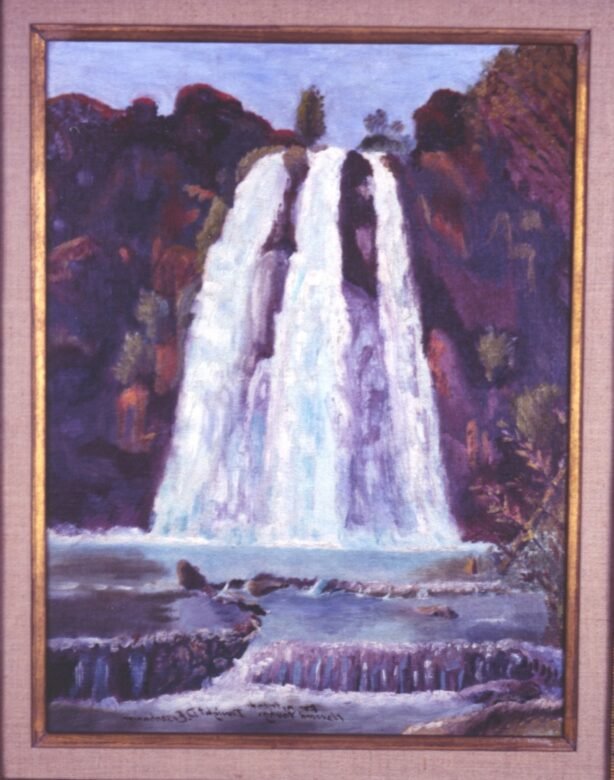 One of the little-realized facts about Eisenhower was the intensity of his need to excel. Ike looked laid-back and affable, and indeed he was, a delightful man. But at heart he was determined always to be in command, never to be bested. This ambition showed with painful rawness in his boyhood, challenging his elder brothers. He learned to hide it under his easy smile and genuine charm, but one can quite imagine him studying Mamie’s portrait and feeling determined to see if he could find within himself skills to match the artist’s.
One of the little-realized facts about Eisenhower was the intensity of his need to excel. Ike looked laid-back and affable, and indeed he was, a delightful man. But at heart he was determined always to be in command, never to be bested. This ambition showed with painful rawness in his boyhood, challenging his elder brothers. He learned to hide it under his easy smile and genuine charm, but one can quite imagine him studying Mamie’s portrait and feeling determined to see if he could find within himself skills to match the artist’s.
Before Stephens made his visit to the Eisenhowers, the president seems to have had no encounter with art except as the hobby of Winston Churchill. Since golf was Eisenhower’s hobby, and always would be, his interest in Churchillian landscapes was benignly detached. After the war though, with time on his hands, this strange activity entered significantly into his own space, as it were. While Mamie and Stephens toured the house to find the best place to hang her portrait, Eisenhower got his aide, John Moaney, to help him stretch a white dust cloth for a canvas to the bottom of a box. Then—one can imagine his puzzled but dogged expression—he tried to copy the picture. He showed the group what he had done, he says, describing his efforts as “weird and wonderful to behold,” adding that “we all laughed heartily.”
Stephens asked for this attempt as a keepsake, and was given it without hesitation. Eisenhower, for all his pride, had no false pride.
Painting was not something Eisenhower wanted to be good at or, perhaps, thought he could be good at. Stephens sent him a complete painting kit, which Ike appreciated but thought a “sheer waste of money,” something the boy from a poor home could never accept comfortably. Maybe it was this innate frugality—the desire not to waste a gift—that spurred him to practice. Eisenhower was convinced that to become a painter, he lacked the one thing necessary, “ability.”
But he was interested: he enjoyed experimenting. He would not dream of painting, of course, if there were a chance for golf or, for that matter, if he could find bridge partners or set up a poker game. (His legendary skill at poker, said to have added appreciably to his military earnings throughout his career, meant there were few partners to hand.) But at 58, the age in which painting became a part, however tenuous, of his life, the physical demands of golf and his weakening heart made his idle hours more frequent. The Kennedy successors said that Eisenhower had never read a book, which annoyed Mamie, who knew how assiduously he had pored over military history. But that was reading with a purpose: information a soldier needed. Those days were over, and as president, he read little more than Westerns. Painting, with its inbuilt challenge, its very status of being something he was not naturally good at, was a far more attractive option.
Writing to Churchill in 1950, Eisenhower said, “I have a lot of fun since I took it up, in my somewhat miserable way, your hobby of painting. I have had no instruction, have no talent, and certainly no justification for covering nice, white canvas with the kind of daubs that seem constantly to spring from my brushes. Nevertheless, I like it tremendously, and in fact, have produced two or three things that I like enough to keep.”
This is language rather different from Churchill’s own, which speaks about art in exalted terms: “Soul,” “Contemplation of harmonies,” “Joy and glory.”
But for Churchill, painting genuinely mattered. He had an outdoor hobby, bricklaying, but that satisfied him far less than the aesthetic stimulus he derived from gazing at something beautiful and trying to make visible his personal reaction to it. For Eisenhower, the excitement was in the manual skill in producing a copy, usually of a photograph or a magazine reproduction. (If the weather was fine enough to sit and paint, it was fine enough for golf: no contest!) It was simply the intellectual puzzle of it, how to make on his own canvas what another artist or photographer had captured. His favorite subject was his daughter-in-law with his two grandchildren, but he branched out freely into depictions of landscape, however secondhand, and buildings, with the occasional portrait (remember, copied). He described his portrait paintings as “magnificent audacity,” and burned most of them.
Churchill valued what he had created. Eisenhower did not. It was the making that Eisenhower enjoyed, rather akin to achieving a birdie at golf, and what was made was a means, not an end.
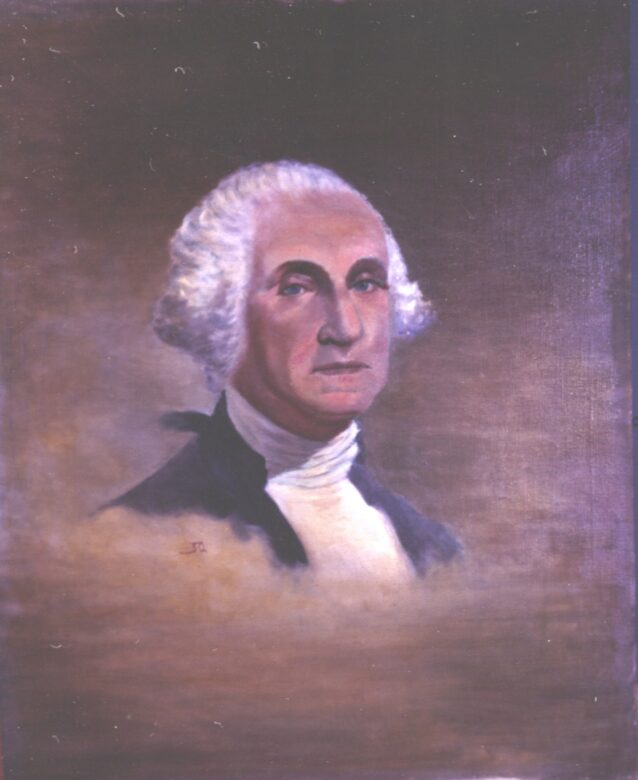
Eisenhower was reticent about his deep emotions. (Of the supreme sorrow of his life, the death in babyhood of his son Icky, he never spoke.) We catch a rare glimpse of his inner nature when we read, in a letter of late adolescence, how he felt about the loss, through injury, of the football career that had been his driving passion. “Life seemed to have little meaning. A need to excel was gone.”
The “need to excel” grew back again, now not rooted in football or boxing—another skill— but in the army and, eventually, in politics. I think it was this same need that drove him in his painting. He would have scorned any thought of objective excellence. He called his works “daubs”: was he right? Or was he overly modest? The dictionary defines a “daub” as a painting that is clumsy or crude, with implications of carelessness. This is not true in Eisenhower’s case. He took infinite care, sometimes, he confessed, spending two hours in getting a color “right.”
Nor was he so unskilled. His first encounter with a professional artist, at Columbia, led to his being given the tools for serious work in this field. Obviously, though he may have laughed with Ike, Stephens was impressed.
What Eisenhower was to produce in the last short third of his life is work that still gives the impartial onlooker pleasure. A daub irritates; these paintings, simple and earnest, rather cause us to wonder at the hidden depths of this reticent president. Notice the scenes to which he was drawn: they are all of the peaceful countryside, a symbol of the unspoiled America in which he had grown to manhood. Naturally, experienced traveler that he was, there are foreign scenes, too: Ann Hathaway’s Cottage in England, a French garden, or an Alpine scene. But he concentrates on views like Rolling Wooded Hills, painted in Denver in 1955. He had a special affection for hills, and here they gently rise and fall. He had an affection, too, for tall trees, often the subject of presidential doodling in the Oval Office. In this work we see two, green and gold, and surging toward them a bright pool of bluebonnets, dazzling in the sunshine. He admitted to a great love of color, and it is delightfully apparent in all his best pictures. I have a fondness for the Mountain Fall Scene, where it is not hills but mountains that seize his attention, splendid peaks, rising in icy splendor, blue and shadowed, while the foreground is alive with the brightness of an American fall. Two small trees are a gleaming yellow, while behind them another two, equally spindly, are deep pink, tipped with crimson. If we really look at this mountain path framed with evergreens, we begin to notice, as the artist did, many stray touches of color, yellows and pinks, that tie the whole picture together tonally. Who but the artist himself would dare call this a “daub”? Not great art, needless to say, but pleasing art, art that has a lyrical sweetness to it, however unassumingly expressed.
Eisenhower was interested in undamaged nature — perhaps the effect of years as a soldier? — and in people. To me, the nature studies are more effective, but sometimes he gets a face exactly right. One of Mamie’s favorite pictures was Mexican, which Ike painted in 1953 from an advertisement. He has caught the man’s vigor, the masculine radiance of his smile, the swagger of his sombrero, the dazzling flash of his teeth against the sunburn of his face. He is interesting, too, on Abraham Lincoln, not so much in the traditional bearded Lincoln, well depicted though it is. He gave this image to the White House staff as their 1953 Christmas card, and I imagine it is still cherished. But there is a more imaginative projection in Melancholy Lincoln, taken from a photograph of the young lawyer, clean shaven and yet inexplicably sad. Eisenhower did not paint to “express” his inner self; he curbed his imagination and resolutely imitated the reproduction before him. Yet there seems to me a personal note in this work, as if he were subliminally seeing in Lincoln’s melancholy a distant awareness of the burden of the presidency.
Because we are so conditioned to overreact to celebrity, most of us will have come to Eisenhower’s paintings with a readiness to scoff. But try to be impartial, and you will be very pleasantly surprised. One final irony. President Eisenhower was a conservative, in art as in many other areas, and he had no time at all for the avant-garde. He felt modern art was morally wrong. Speaking on May Day, 1962, he grieved that “our very art forms [are] so changed that we seem to have forgotten the works of Michelangelo and Leonardo da Vinci” and went on to excoriate, with unusual eloquence, works like “a piece of canvas that looks like a broken-down Tin Lizzie, loaded with paint, has been driven over it.” “What has happened to our concept of beauty and decency and morality? ”
Here comes the irony. Take up any magazine of contemporary art, or look through a Christie’s or Sotheby’s catalog of such a sale. You will find that, for some of the best-selling contemporary artists, their aim seems to be to create what looks like a “daub.”
The effect of clumsiness that Eisenhower so fought against, untrained and inexperienced as he was, is now sought after by men and women, highly trained and deeply experienced. Their works adorn the walls of galleries that would laugh at the very thought of hanging an Eisenhower. Yet who is the truer artist, these mischievous painters who play with their skill, or Eisenhower, thrilled by color, eager to understand how to create, humble but persevering?
provided by Dwight D. Eisenhower Presidential Library, Museum & Boyhood Home/NARA







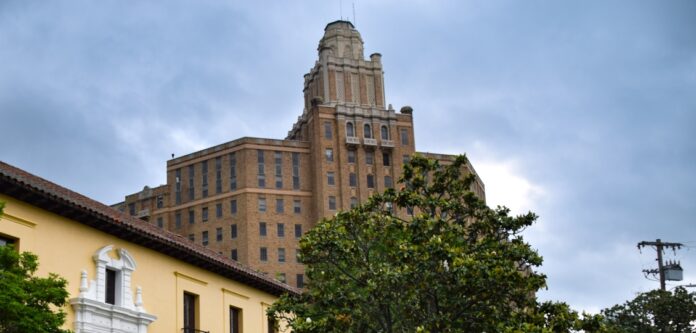


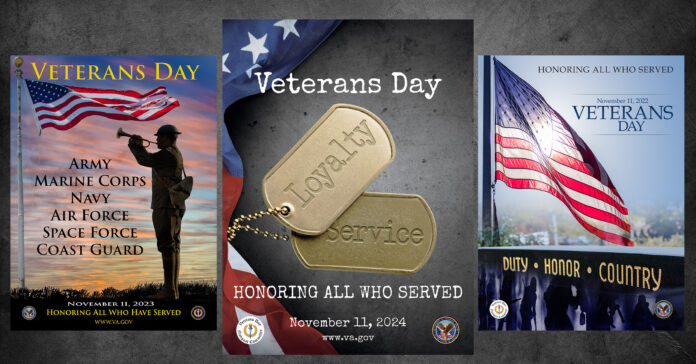

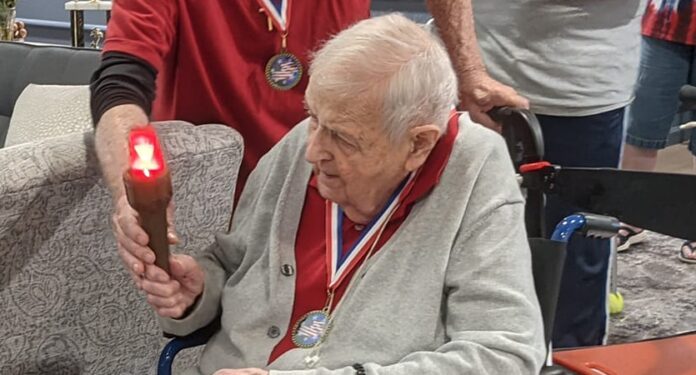
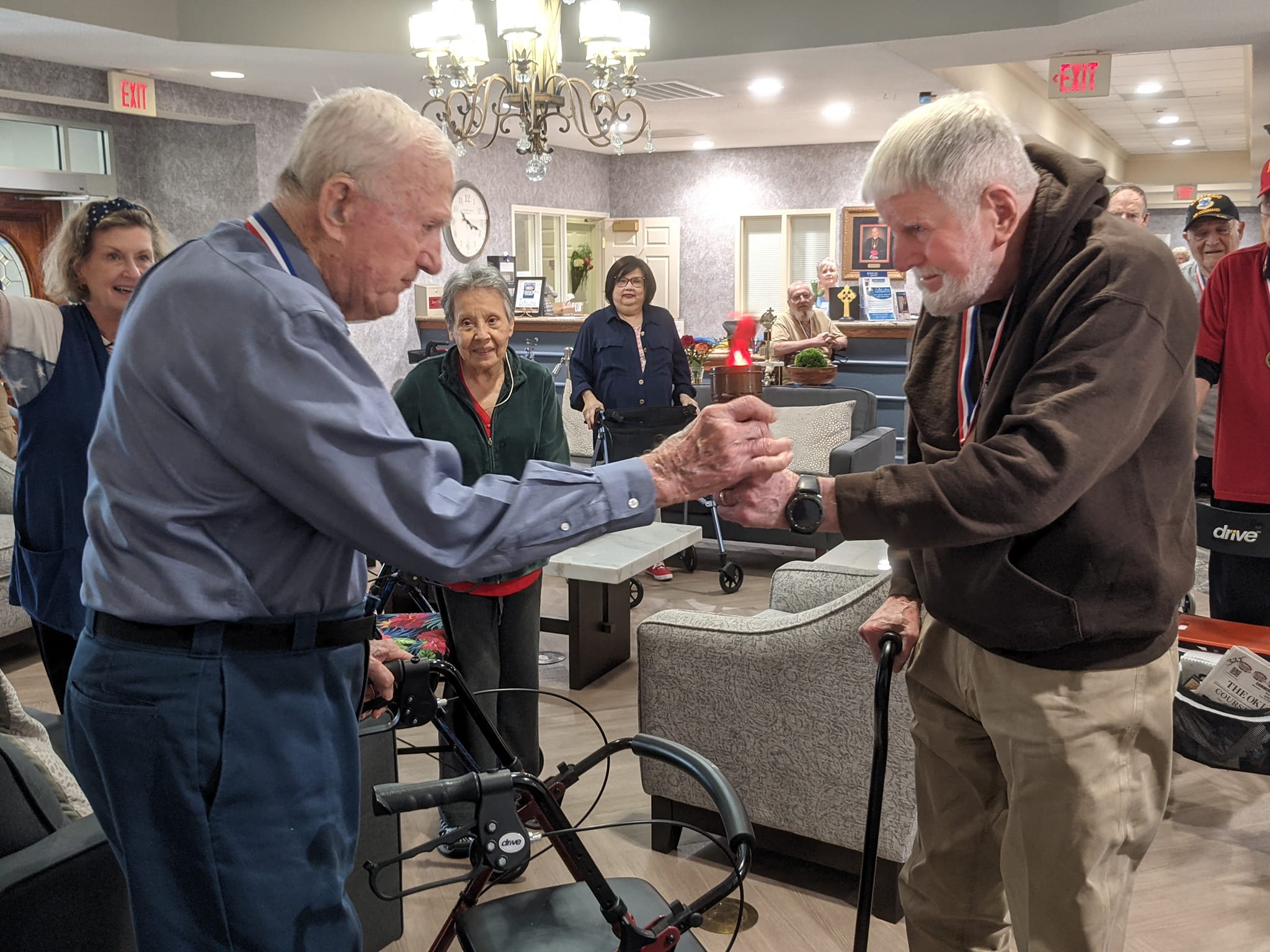
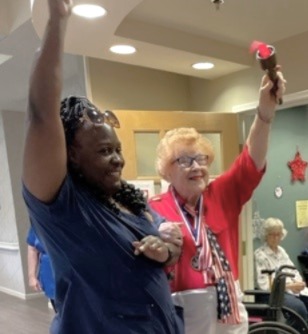
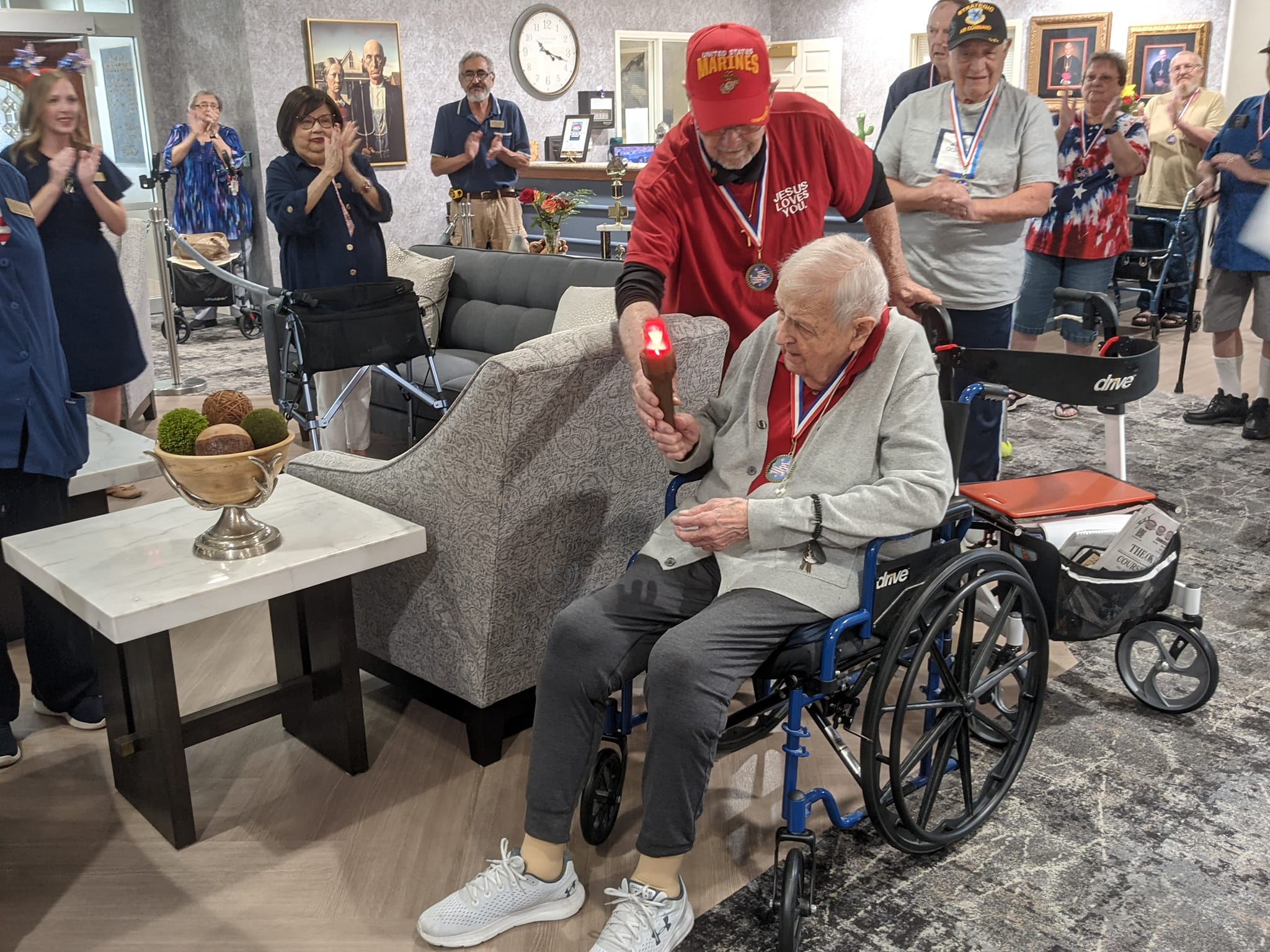

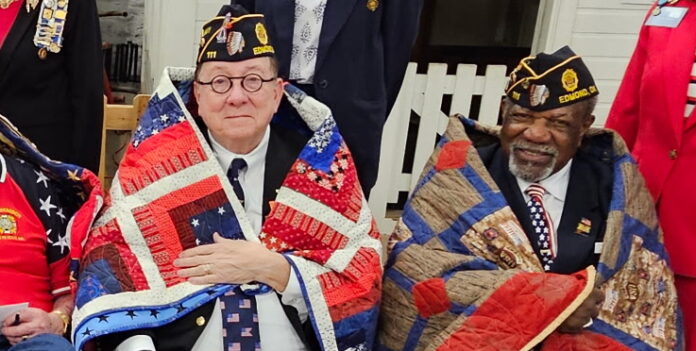


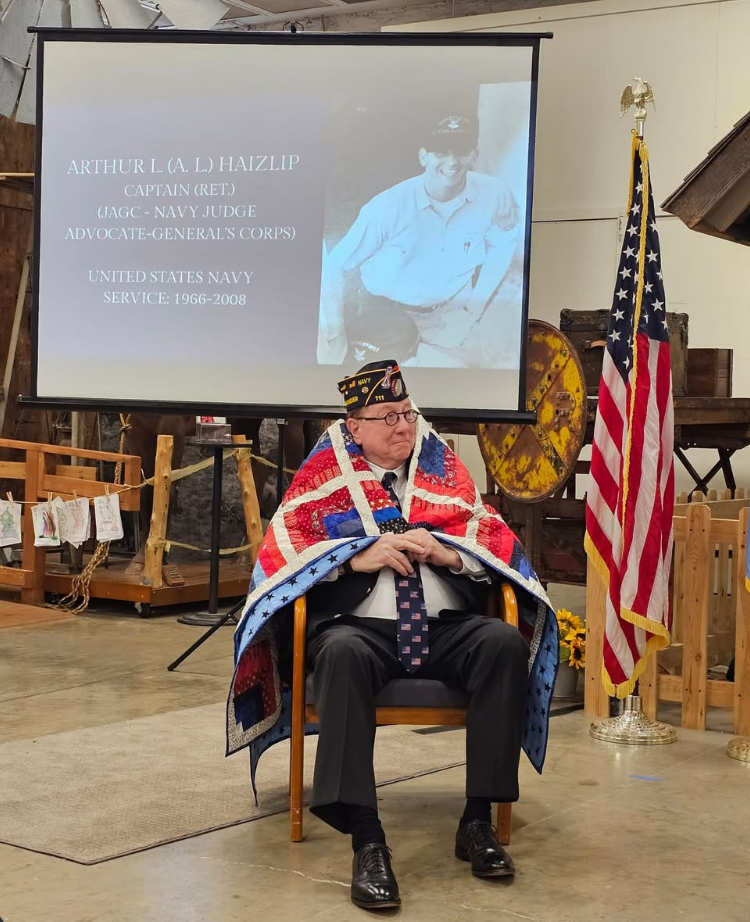

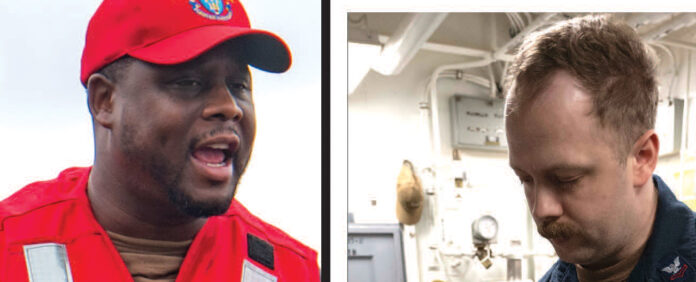
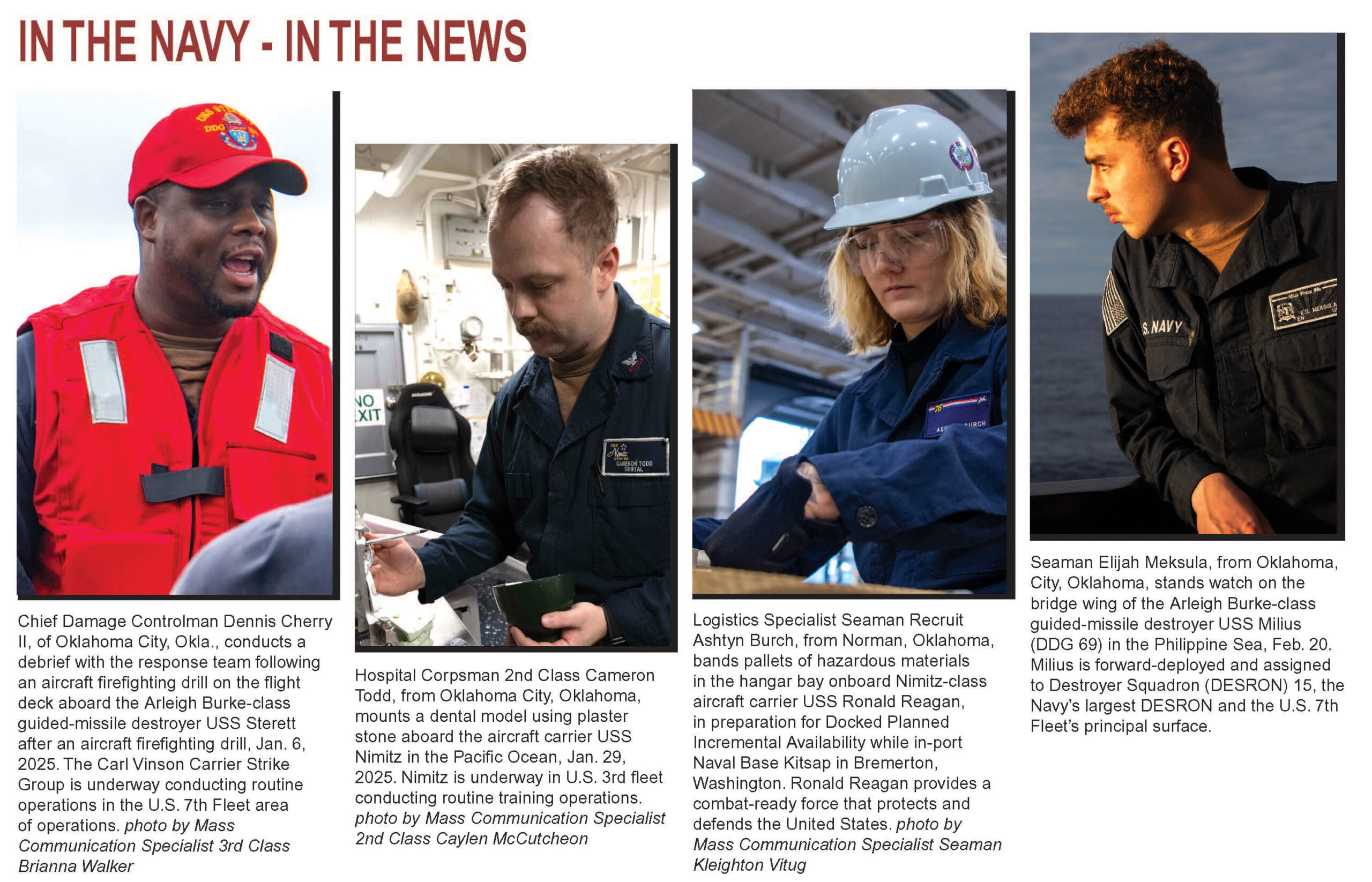
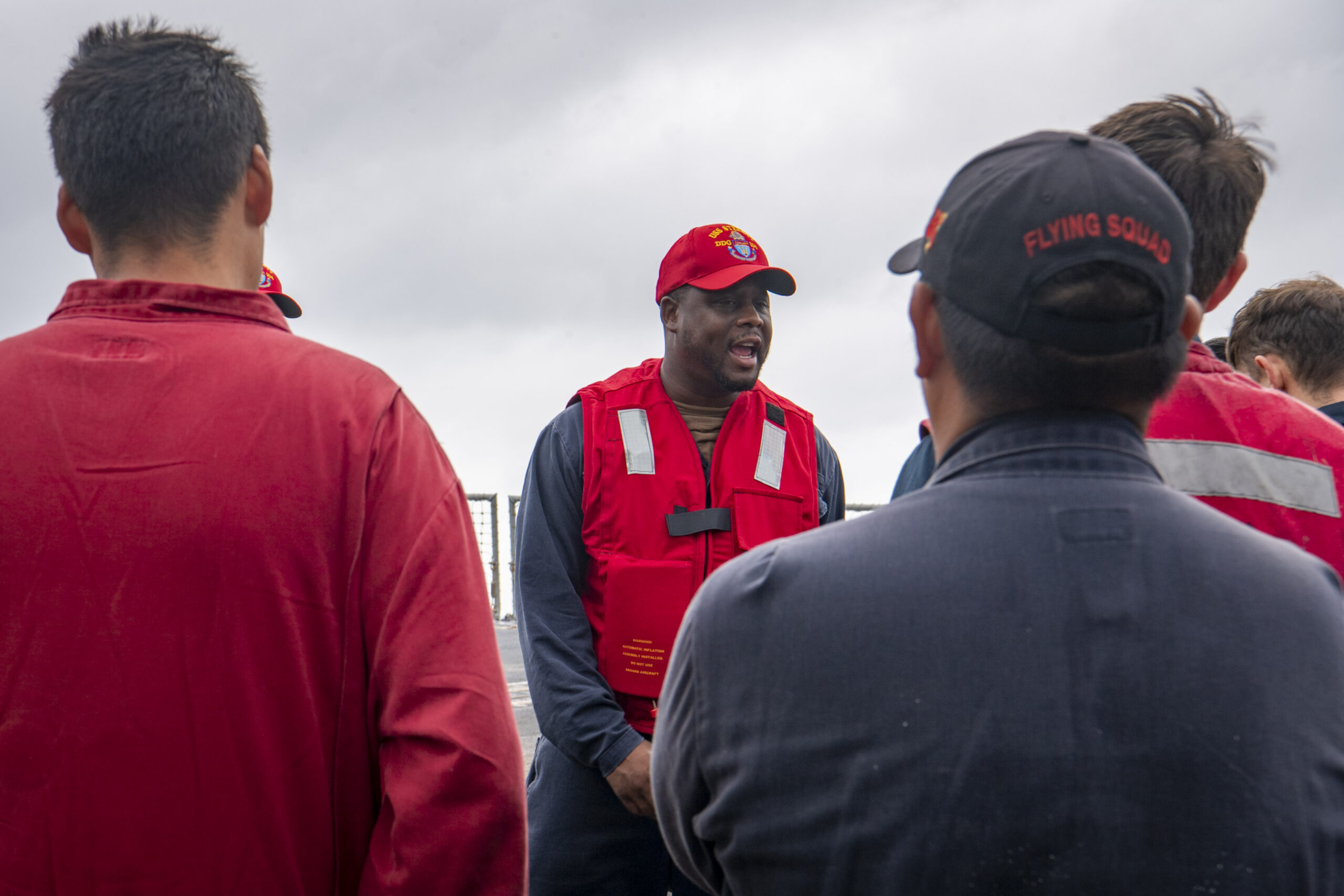
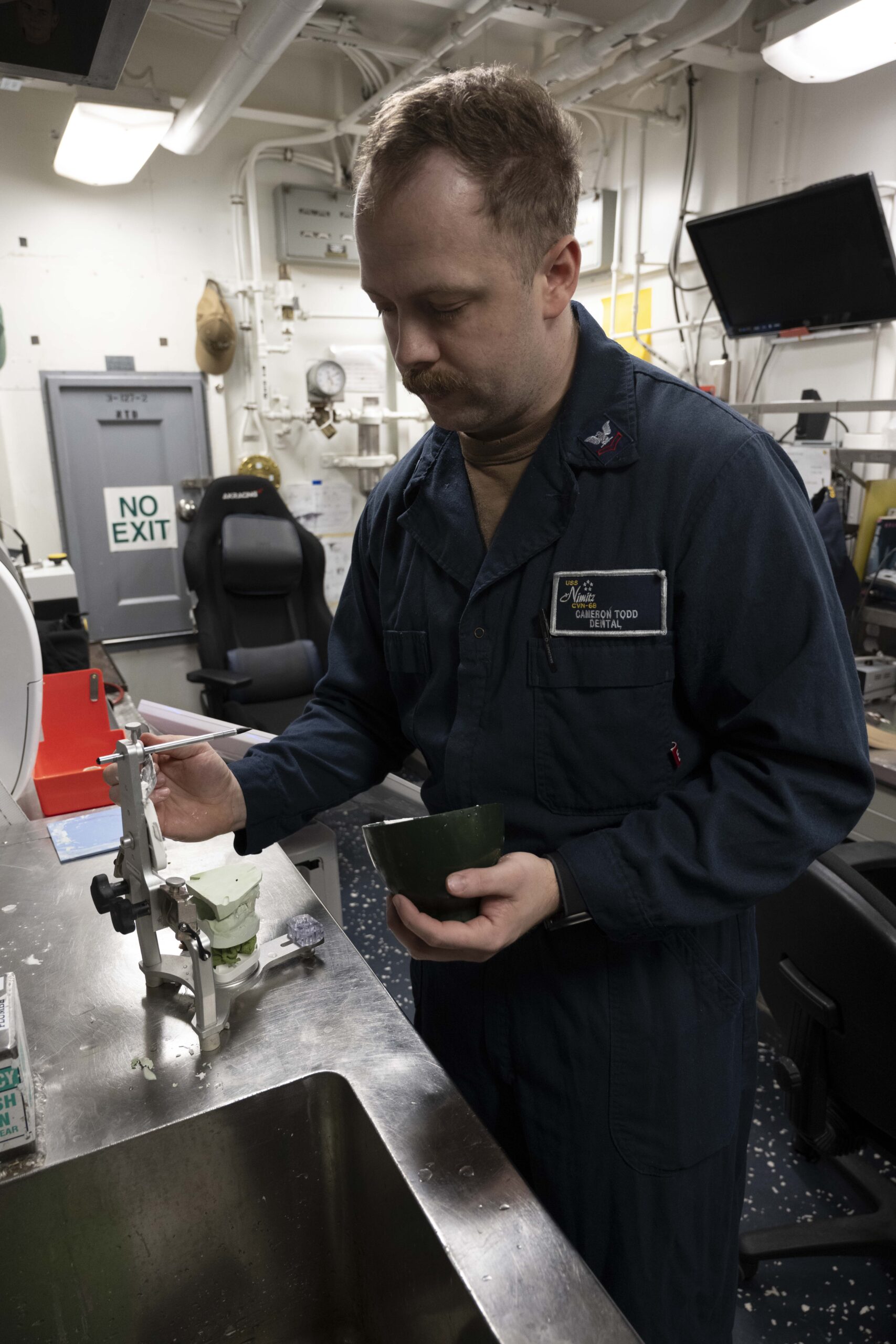

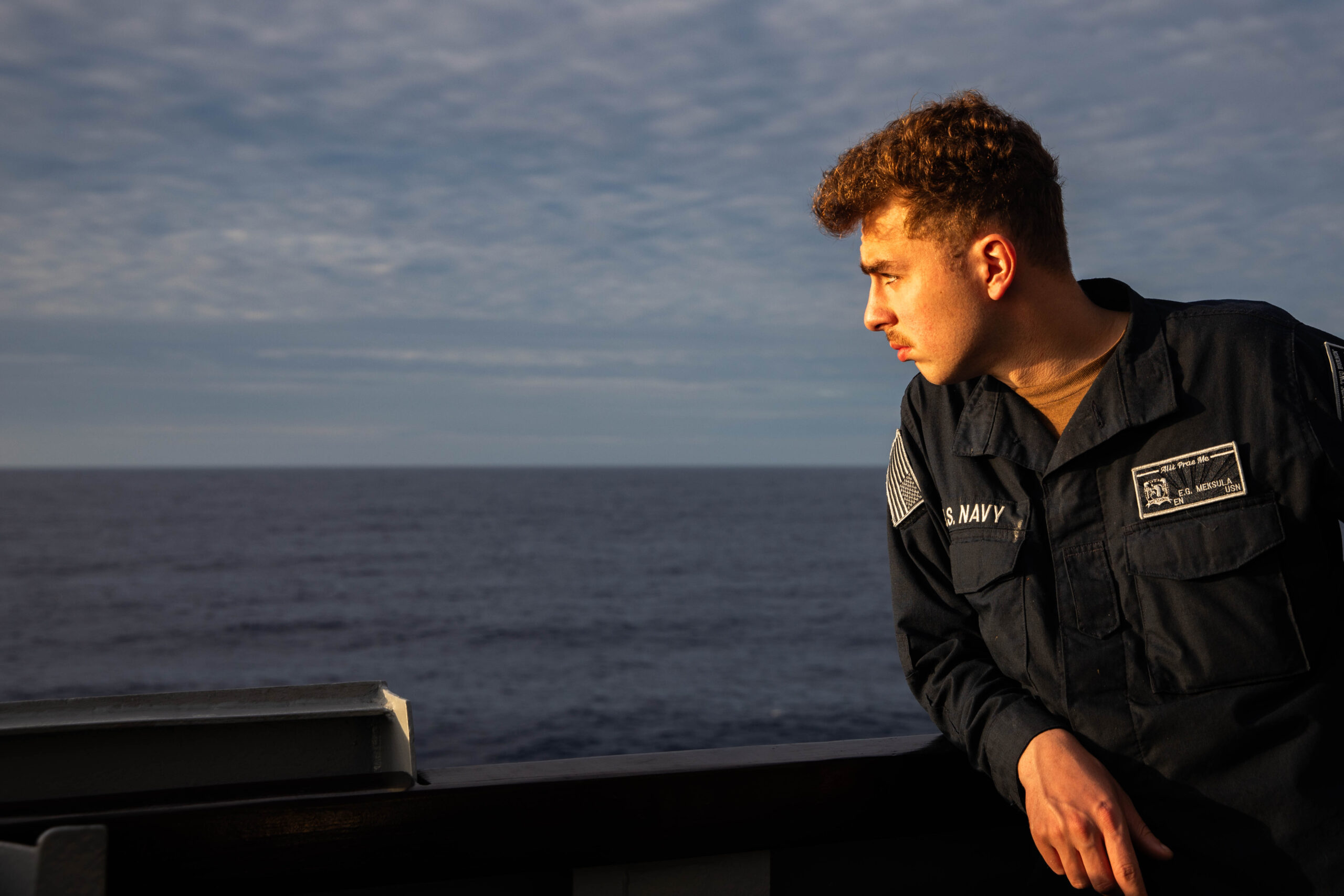

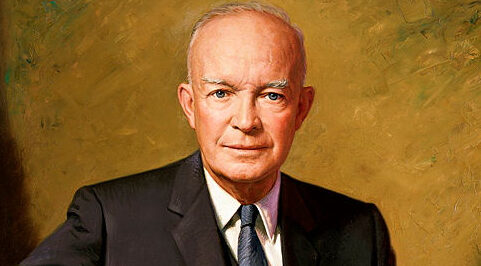



 One of the little-realized facts about Eisenhower was the intensity of his need to excel. Ike looked laid-back and affable, and indeed he was, a delightful man. But at heart he was determined always to be in command, never to be bested. This ambition showed with painful rawness in his boyhood, challenging his elder brothers. He learned to hide it under his easy smile and genuine charm, but one can quite imagine him studying Mamie’s portrait and feeling determined to see if he could find within himself skills to match the artist’s.
One of the little-realized facts about Eisenhower was the intensity of his need to excel. Ike looked laid-back and affable, and indeed he was, a delightful man. But at heart he was determined always to be in command, never to be bested. This ambition showed with painful rawness in his boyhood, challenging his elder brothers. He learned to hide it under his easy smile and genuine charm, but one can quite imagine him studying Mamie’s portrait and feeling determined to see if he could find within himself skills to match the artist’s.


